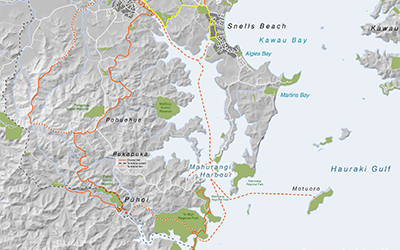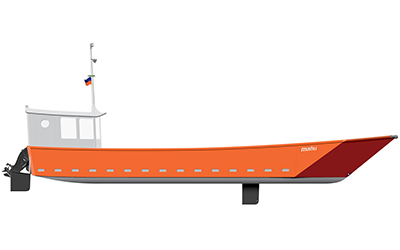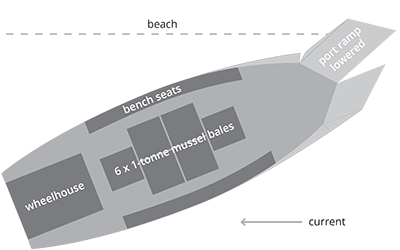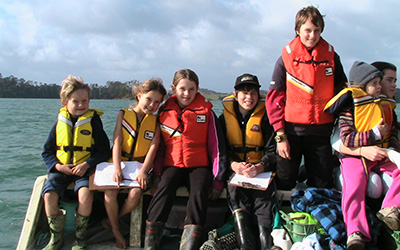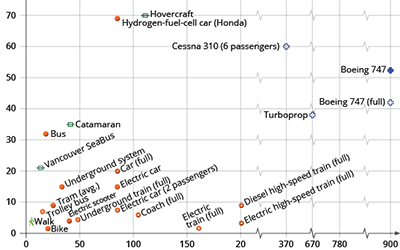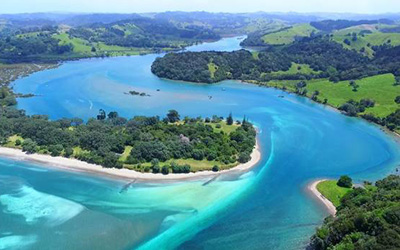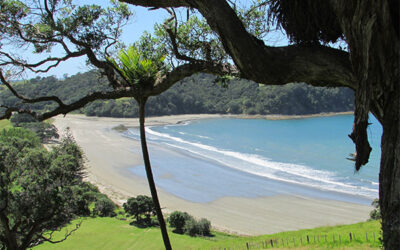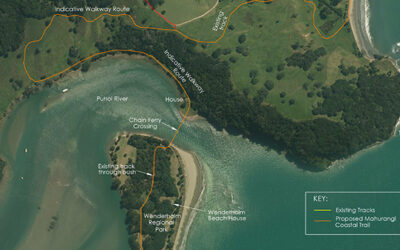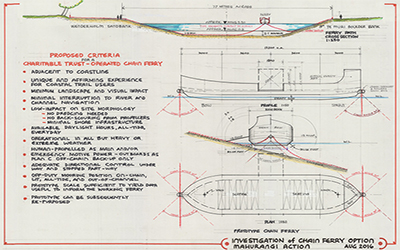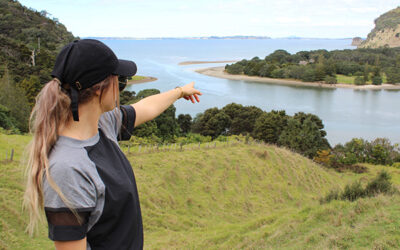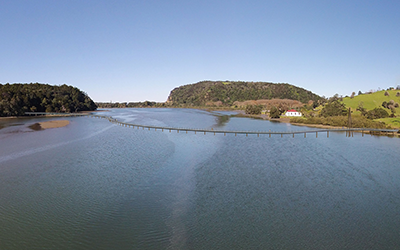Pūhoi Rivermouth ferry
Plan b key to realising the magnificence of the Mahurangi Coastal PathFourth Thursdays 3rd time lucky after 20 June
The clash wasn’t discovered until after 20 June was locked in for the Mahurangi Coastal Trail Taking Shapely town-hall talk. Having cheerfully ceded their second-Wednesdays slot to bpw Warkworth, the town-hall talks have found that…
Mahurangi Coastal Path taking shapely
Most of the Mahurangi Coastal Path is already in use, and has been for decades. This, thanks to the entire coastline from Waiwera to the Mahurangi Harbour becoming regional park between 1965 and 1973. Within that time, built by park staff…
Interim river-mouth scow and mussel restoration research
At first blush the roles would appear to be impossibly disparate. One role is as a testbed for a Pūhoi River Mouth reaction ferry. The other, is as Mahurangi Action’s all-purpose scow, for everything from mussel-reef restoration research to…
Exploring a plan-b Pūhoi Rivermouth ferry
With a long-term solution calculated to cost $2 million, it is time to consider a plan b. This not to suggest that $2 million is too rich to realise the magnificent potential of the Mahurangi Coastal Trail. It is too much, however, given the…
Tidal-river power and grid electricity
Most public transport in Aotearoa is fossil-fuel powered. But that would not excuse the key component of the Mahurangi Coastal Trail, the ferry, being fossil-fuelled. Fortuitously, as described in Minimum Impact 100% River-Powered, a fossil-fuel-free…
Minimum impact 100% river-powered
In one respect, it could not be easier. Build a coastal trail linking three regional parks, all on publicly owned land. However, if it had in fact been easy, it would have happened soon after Mahurangi Action first suggested it, three decades ago. The first big hurdle—convincing senior…
Criteria for crossing Pūhoi River revisited
The principal objective of the Mahurangi Coastal Trail is to provide primary access to Te Muri. Based on vehicle counts, Wenderholm Regional Park receives an estimated 225 362 visitors per year, and Mahurangi Regional Park 59 595. It is probable…
Te Muri officially splendidly private-light-vehicle-free forever
If they understood the momentousness of their decision, there was no outward indication. On Tuesday morning, Auckland Council, without discussion, voted to adopt the recommendations of the independent commissioners on Te Muri. Given that between its purchase…
Criteria for non-footbridge crossing
There were good and obvious reasons for considering a footbridge. But there were also a good many reasons why a footbridge across the Pūhoi Estuary, as part of the long-proposed Mahurangi Coastal Trail, was a less-than-optimal solution. Firstly it would have had…
Car-free Te Muri with coastal trail no mirage
The indications were entirely auspicious, even before the wrap-up. Then the commissioners, who had just finished hearing submissions on the future development of Te Muri, outlined the points they expected Auckland Council’s planning officers…
Convince the commissioners and Te Muri car-free forever
Auckland Council and the community are now in accord. Scheduled to be published today, are the council’s recommendations to the commissioners who will effectively determine the future of Te Muri. When the draft management plan was published in November 2015, most…

